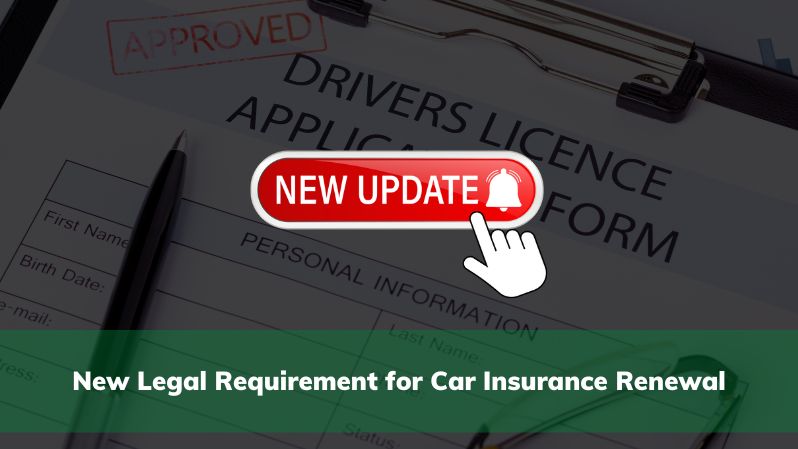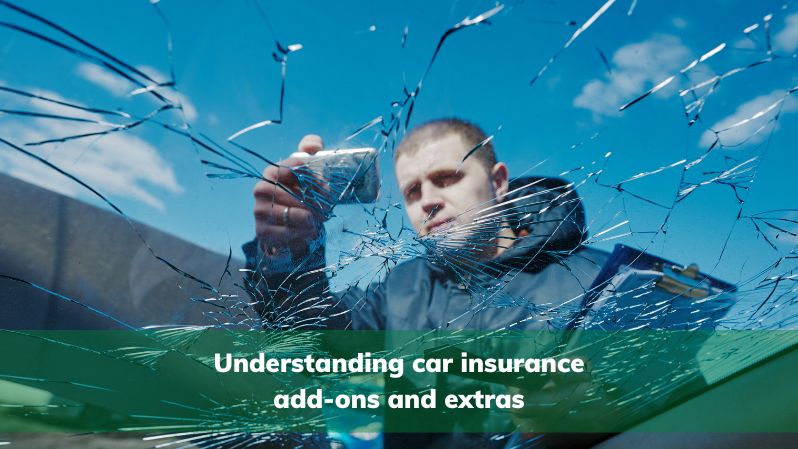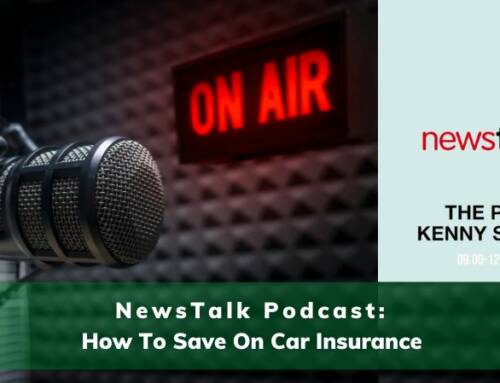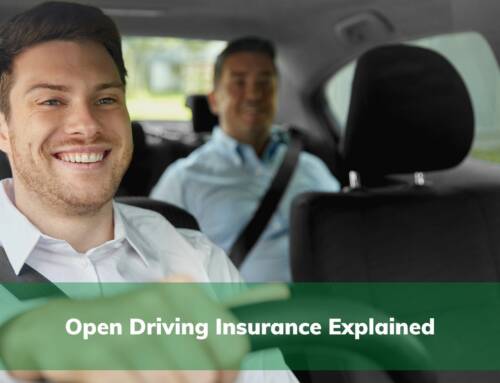According to figures presented to RTE by the Road Safety Authority, between the years of 2014 and 2017, 5.8% of all fatal crashes involved young drivers. 47 of these fatal crashes involved learner drivers and 35 fatalities out of those aforementioned 47 involved unaccompanied drivers.
If you have not sat your driving test and you are still getting your practice in, it is mandatory to be accompanied by a fully qualified driver. If you have passed your test and are enjoying your newfound independence on the road, it’s essential to take your time and to adhere to the rules of the road.
So, what is causing the accidents that young drivers are involved in every year in Ireland? Here are five contributing factors.
Driver inexperience
This is relatively self-explanatory. Driver experience comes with time and practices on the road in real day-to-day situations. Over the years, drivers learn how to handle external conditions like driving in bad weather or driving on bad roads at night.
Naturally, however, young drivers don’t immediately become equipped with this knowledge and experience as soon as they qualify. Driver experience brings more advanced abilities on the road like quicker reaction times and the ability to withstand unavoidable distractions. That’s why it’s so imperative that if you are a young driver you need to take heed of your speed and be conscious of all your surroundings.
Intoxicated driving
If you were thinking that the drink driving issue in Ireland was confined to older drivers who might be ‘fuzzy’ on the law, less well-educated segments of the population, or a problem solely existent in rural Ireland then you’d be mistaken. According to the RSA, the number of fatal accidents in which alcohol was the primary contributing factor rose from 15% in 2007 to 20% in 2016. This figure was relevant to widespread socio-economic and geographic backgrounds.
Young drivers tend to socialize more often in settings where alcohol is involved than other aspects of the population where age is concerned. Alcohol impairs everyone’s ability to drive regardless of age and the law surrounding driving while under the influence also doesn’t exclude any age bracket. Driving under the influence of alcohol, however, coupled with a young driver’s inexperience on the road can have detrimental effects.
It is grossly important that if a young driver is planning on socializing with alcohol that they have a designated driver, or an even better insurance is to have a taxi arranged to bring them home.
Leave your keys at home if you know you will be taking a drink!
Distracted driving
Driver distraction plays a role in between 20-30% of all road collisions. This statistic means that driver distraction could be a contributory factor in over 1,400 fatal injury collisions annually.
It is undeniable that all age groups and drivers of all experience levels can fall victim to distractions while driving. However, drivers with more experience on the road tend to have more practice in ‘blocking out’ the distractions than drivers who are newly qualified. Distracted driving includes driving and eating, driving while talking on the phone/texting or driving while participating in engaging conversation with passengers.
Of all these distractions, driving while using a mobile phone is one of the top causes of accidents on Irish roads for younger drivers. If you’re on the road and you’re tempted to pick up the phone it’s very important to remember that using your phone while driving makes you four times more likely to crash.
When you’re behind the wheel, do not pick up your phone. There are a wide variety of hand’s free tools for driving when you simultaneously have to take calls. However, it’s advised that unless you have to, you should wait until you pull over in a safe area to answer calls in general.
You can also check these tips on how to driver safely at night, published by Coverinaclick.ie – leading broker of car insurance in Ireland specialised in young drivers insurance.
Reckless driving
According to the RSA, speed is the biggest contributing factor to road deaths in Ireland. The higher the speed of a vehicle, the shorter the response time. For example, a car traveling at 50km p/h will typically require 13 meters in which to stop. A car traveling at 40 km p/m however will only require 8.5 meters to stop. An increase of 1 km p/h typically results in a 3% higher risk of a crash involving injury. As drivers nudge up their speed on the road, roadside objects appear thicker and faster, and hence speed reduces all-around visibility.
On collision with an obstacle, speed also increases the impact. For passengers traveling in a car with an impact speed of 80km, p/h the likelihood of fatality is 20 times higher than what it would have been at an impact speed of 30 km p/h.
Accidents involving young drivers are often caused as a result of breaking the speed limit. It’s vital for young drivers and older drivers alike to remember that the speed limits are there to act as a guide for maximum speed in optimum weather and are not there to be broken. Remember to watch out for road signage or if you are using a GPS system then check for the speed limit as this is now provided on most screens.
Driving with peers
According to a survey carried out by the RSA, out of 1,000 young drivers surveyed, 31% admitted to ‘speeding as a result of peer pressure’. The risk of an accident increases when a young driver has even one other young passenger in the car. The risk further increases when a higher number of young passengers are present. The problem which arises in these circumstances is a lack of focus on the road.
If you are considering being the designated driver for your peers, it’s very important to ensure that the volume of conversation is kept down and you are not allowing yourself to become involved in antics that could decrease concentration on the road ahead.
At insuremycars.ie we want to ensure the safety of young drivers on Irish roads. Sometimes we follow all recommended procedures and accidents still happen, in that case, it’s vital to have the right insurance cover. Why not get in touch?







